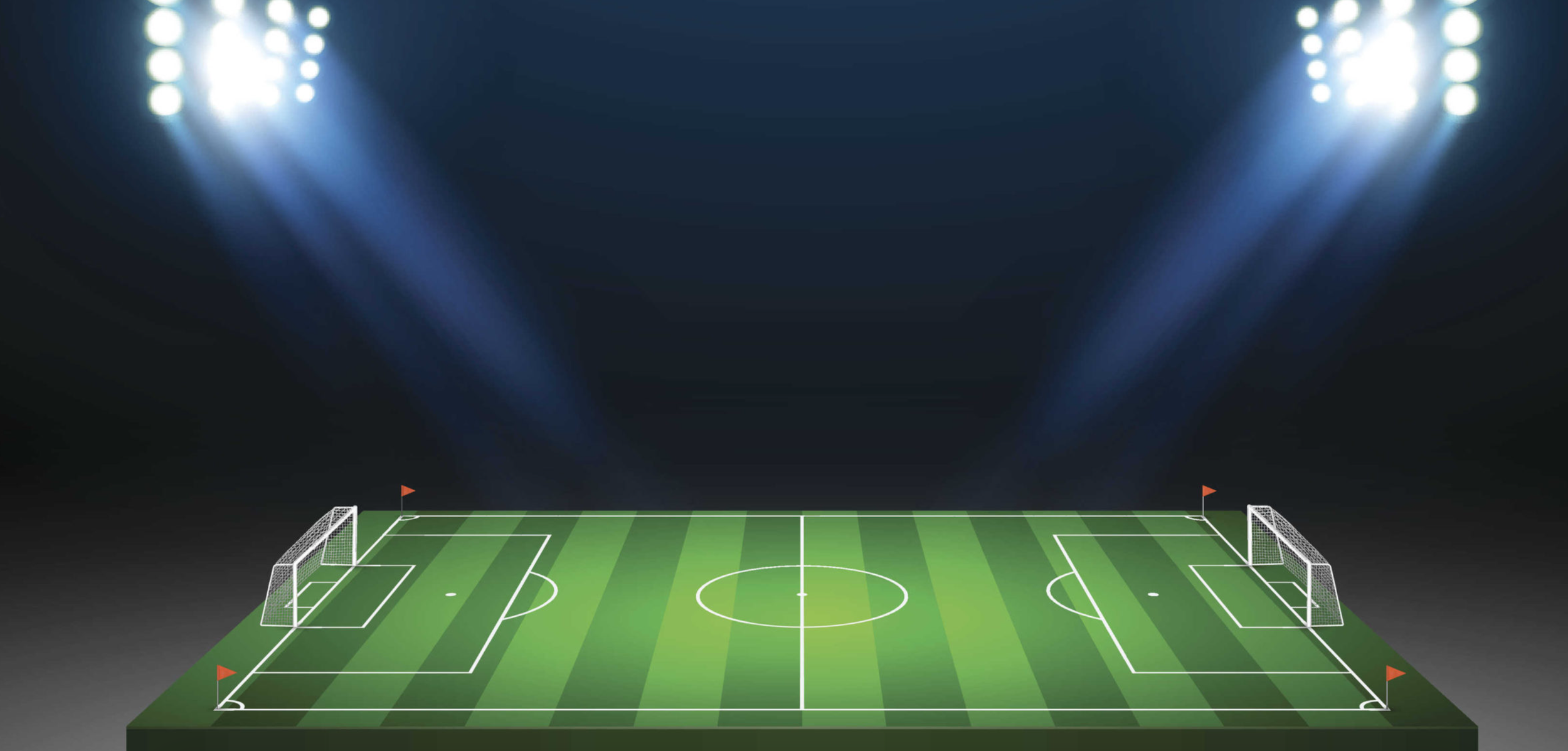Calculation of horizontal and vertical lux
What happens if you don't calculate horizontal and vertical lux before installation?
What is horizontal and vertical lux and what is it used for? We'll explore some of these questions in this week's blog post. Our focus is on stadium lighting when talking about larger clubs whose matches are shown on TV. Calculating these values is highly relevant to avoid, for example, shadows that bother both players and spectators.
The only way you can be sure of an appropriate level of light in the design is to measure the different values before installation. This is calculated in lux and tells you how much light hits a given surface.
Typically, there will be two types of lux values you need to calculate for sports lighting, which we will go through here:
Horizontal definition
It is measured on a horizontally placed hypothetical surface.
Vertical definition
Measured on a vertically placed hypothetical surface.
The big difference between horizontal and vertical lighting is specifying the location and orientation of the surface. Additionally, calculating vertical lux value can have different directions, including vertical to the camera and audience.
Why should horizontal and vertical lux be calculated?
Calculating these values is important to consider when installing a new lighting solution for some types of stadiums because the illuminated area at different points on the pitch needs to be illuminated visibly for spectators, TV viewers, cameras and players. Typically, any person, equipment, ball or similar will create a shadow and can affect the players' ability to play. Measuring both vertical and horizontal light helps to even out the light, creating a more uniform brightness and minimizing shadows.
Is it relevant for all sports lighting?
It is said that vertical illuminance is usually only required for high-profile stadium lighting installations where matches are televised on HD or 4K cameras. In lower leagues, vertical lighting is usually not used because these games are not televised regularly. This will add to the lighting cost of the project. However, you need to take this into consideration if we're talking about stadium lighting at a higher level.

